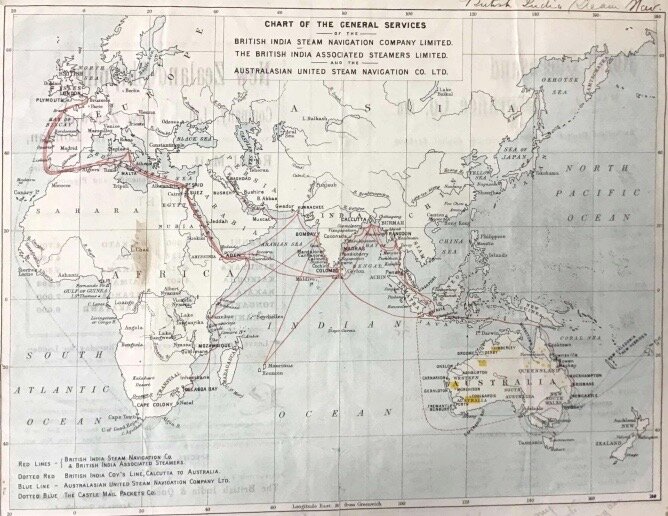Planning a trip around the world requires significant preparation for the expected and the unexpected. Scheduling travel and arranging accommodation must be done while taking into account transportation logistics, budget, and health and safety risks.
At a minimum, the forethought in organizing such a trip means considering:
transportation options;
visas, permits or other necessary documentation;
travel-related vaccinations;
locations of embassies or consulates;
areas of civil unrest or natural disasters; and
foreign laws or customs.
With over 120 years between Karl’s trip and my own, I knew there would be significant differences that would inform our respective plans. I anticipated that it would be much easier for me to plan such a voyage in the 21st Century, and in some respects, it is.
For starters, while I contemplate airlines, rental cars, buses, and trip advisor reviews, these were not available options for Karl. The Wright brothers had yet to have a successful airplane flight and although cars had been invented, the first imported cars didn’t arrive in Nova Scotia until 1903. So Karl needed to travel by boat to cross the oceans and rely on his bicycle on land or his two feet if the roads were not accessible.
But while modes of travel were limited for Karl, taking him much longer to get from place to place, he was not delayed by security screenings or customs documentation upon arrival. That’s because when Karl travelled around the world, he was able to travel freely throughout the British Empire. In 1899, the British Empire was a vast network of territories and colonies covering a quarter of the Earth’s land surface, including the Dominion of Canada, Australia, Sri Lanka, India, Egypt, and parts of Europe. He simply wrote to the British consuls at most of the foreign countries he expected to visit, and for the most part, he received back cordial invitations to visit them en-route.
Karl spent ten months researching his trip and mapping out his course in detail. However, he did not have the luxury of quick access to international news or savvy tourism advice from other travellers. Generally, he was not well informed about what he may encounter on his journey, nor did he have a proper understanding of current world affairs. Consequently, his plans changed frequently, and his final voyage was considerably different from his original planned route.
As for me, well, I have been researching Karl’s trip for five years and have barely started to finalize my plans. I have access to copious amounts of travel information at my fingertips, but already my initial route has changed and travel deferred due to this global pandemic.
So in other respects, perhaps it is more difficult planning a trip around the world in 2021— maybe I don’t have an advantage — time will tell.
In case you’ve missed them, click here for more Karl Chronicles


